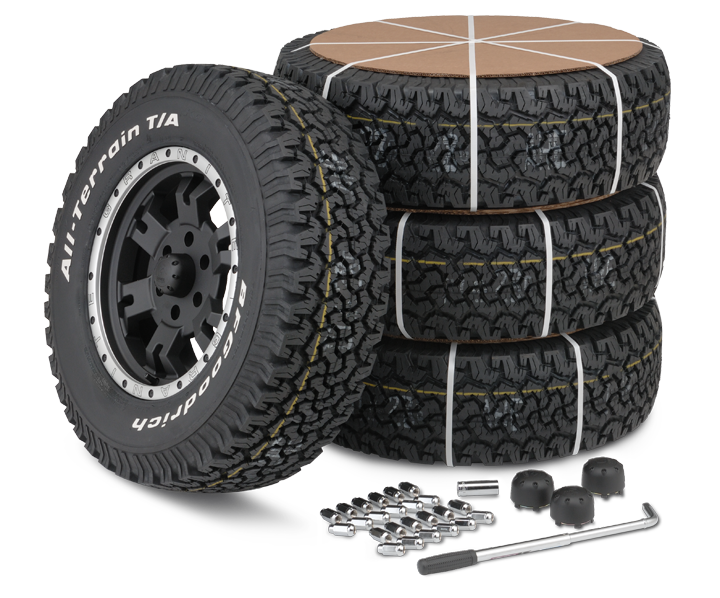Professional Morris Tire and Alignment Solutions: Make Sure a Smooth and Safe Drive
Tire Solution: The Effect of Climate Condition
When it comes to making sure optimal performance and security on the road, comprehending the influence of climate problems on tire service is critical. In this conversation, we will certainly discover the elaborate relationship between weather condition problems and tire solution, shedding light on the importance of weather-specific tire maintenance techniques and factors to consider.
Warmth and Tire Efficiency
When subjected to high temperatures, tires experience adjustments in efficiency that can considerably influence lorry security and handling. The heat created from extended driving or hot weather problems causes the tire rubber to soften, leading to lowered walk life and increased wear.
Moreover, high temperatures can increase the process of tire aging, causing the rubber to degrade extra quickly. To mitigate the impacts of warm on tire efficiency, vehicle drivers must frequently examine their tire stress, revolve tires to ensure also use, and evaluate for any kind of signs of damage.
Cold Weather Impacts
Cold weather problems can have a considerable effect on tire performance and security. In chilly weather, tires might likewise shed air pressure more quickly, which can impact handling and fuel effectiveness.
To reduce the results of winter on tires, it is vital to regularly examine tire pressure and inflate them to the manufacturer's advised levels. Utilizing winter season or all-season tires designed for winter problems can additionally enhance traction and grasp on icy or snowy roads - tires morris il. Proper tire upkeep, consisting of regular evaluations for wear and damage, comes to be much more critical throughout colder months to make certain ideal performance and security
Rainy Issues Influence
Throughout stormy conditions, tire performance and safety can be significantly influenced by the wet road surfaces and reduced visibility. The tread pattern of tires plays an essential function in preserving traction on wet roadways. Tires with damaged treads are much more susceptible to hydroplaning, where a layer of water develops in between the road and the tire surface, resulting in loss of traction. To battle this, vehicle drivers need to regularly inspect their tires for adequate step depth and consider purchasing tires specifically made for damp conditions.

Snow and Tire Safety And Security
Snow-covered roads pose distinct difficulties for drivers, stressing the value of proper tire selection and upkeep. When driving in snowy conditions, having the best tires can make a significant difference in security and efficiency. Winter tires are created with special rubber compounds and tread patterns to give far better traction on snow and ice compared to all-season tires. The much deeper footsteps and sipes pop over to this site of winter months tires assist grip the roadway much better, decreasing the threat of gliding and sliding.
Along with utilizing winter tires, it is crucial to ensure they are correctly blown up. Cold weather condition can trigger tire stress to go down, influencing traction and handling (morris tire and alignment). Routinely inspecting and keeping the right tire stress is vital for optimal efficiency in snowy problems

Weather-Related Tire Maintenance
When confronted with various weather conditions, correct tire maintenance ends up being an important aspect of automobile safety and security and efficiency. Weather-related tire upkeep includes a variety of methods targeted at making certain ideal tire function and longevity in different weather condition situations. One essential aspect of weather-related tire maintenance is tire stress regulation. Fluctuating temperature levels can trigger tire pressure to vary, hop over to these guys affecting traction and gas efficiency. On a regular basis checking and adjusting tire pressure according to maker referrals is essential for risk-free driving in altering weather problems. Furthermore, tire step depth plays a considerable duty in managing various climate elements. Tires with adequate walk depth supply much better grasp on damp or icy roadways, lowering the risk of hydroplaning or skidding. When tread wear reaches a particular depth is essential for keeping grip and security in unfavorable weather, checking tire walk frequently and replacing tires. By prioritizing weather-related tire upkeep, vehicle drivers can enhance safety and security, boost automobile performance, and prolong the life-span of their tires.
Verdict
Finally, weather have a considerable influence on tire efficiency and security. From warmth impacting tire stress and use to winter reducing grip, it is vital to take into consideration the climate when preserving and making use of tires. Wet conditions can reduce grasp and result in hydroplaning, while snow can raise the danger of crashes if tires are not appropriately geared up. Weather-related tire upkeep is important in making certain optimal efficiency and safety on the roads.
In this discussion, we will explore the intricate partnership between weather conditions and tire solution, shedding light on the value of weather-specific tire maintenance techniques and factors to consider.
